Just ahead of Lok Sabha elections, Prime Minister Narendra Modi is on a Bharat Ratna spree, awarding India’s highest civilian award to LK Advani, Karpoori Thakur, Chaudhary Charan Singh, Narasimha Rao and MS Swaminathan.
While three Bharat Ratna awards are allowed per year, there have been many years in between when India’s most coveted civilian award wasn’t bestowed on anyone. The last was given to Pranab Mukherjee, Nanaji Deshmukh, and Bhupen Hazarika in 2019.
The UPA ended its innings in 2014 when it gave the Bharat Ratna to Sachin Tendulkar and CNR Rao. In fact, during its tenure of 10 years, the Manmohan Singh government gave out only three Bharat Ratnas. In 2009, it had awarded Bhimsen Joshi. In contrast to the UPA’s count of three, the NDA government has so far given 10 Bharat Ratnas, including the latest announcements.
But what made the Narendra Modi government go for five names within a span of weeks? Of course, like the Padma awards, it has elevated India’s most coveted and prestigious award above political lines. Merit has overtaken petty politics, with the Modi government not shy to acknowledge its adversaries and going into areas that the Congress chose not to tread.
Why else would it honour a former Congress Prime Minister like Narasimha Rao or RLD patriarch Chaudhary Charan Singh or the proponent of Mandal politics Karpoori Thakur? All these demands have been around for long.
These five names tick five boxes that together summarize Indian politics — Mandal, Mandir, Market, Millets (or agricultural produce) and Mandi (or farmers).
Karpoori Thakur is considered a pioneer of the idea of reservation in government jobs for the Backward sections. In 1978, he brought in 26% reservation for Backward Classes in Bihar, and is remembered for implementing the recommendations of the Mungeri Lal Commission, which introduced these quotas. This eventually set off a chain of events that led to the Mandal Commission recommendations in the 1990s and hence the politics around it that has come to be known as Mandal politics. It suits the BJP to correct any misconceptions about it being seen as a party of upper caste, ahead of an election.
In the same week, it connected Mandal to Mandir by awarding the Bharat Ratna to BJP’s original Hindutva poster boy — Lal Krishna Advani, whose rath yatra from Somnath in the 1990s across India awakened a hyper Hindutva that was followed by the demolition of the Babri Masjid. In a year when the BJP is celebrating the “arrival of Ram Lalla”, it couldn’t have appealed to its Hindutva base better.
PV Narasimha Rao’s tenure as Prime Minister was marked by significant measures that opened India to global markets, fostering a new era of economic development. While announcing the Bharat Ratna for Rao, Modi mentioned his “significant measures that opened India to global markets, fostering a new era of economic development”. The deep economic mess of 1991 gave way to the LPG model — liberalisation, privatisation, and globalisation. The market as we know today is because of Rao.
MS Swaminathan had played a key role in developing high-yielding varieties of paddy that enabled India’s farmers to produce more yield. He played a pivotal role in helping India achieve self-reliance in agriculture during challenging times and made outstanding efforts towards modernizing Indian agriculture.
But the biggest constituent was farmers, and keeping them in mind the government is awarding the Bharat Ratna to Chaudhary Charan Singh who famously gave the clarion call of ‘Jai Jawan, Jai Kisan’. Announcing the Bharat Ratna on X, Modi used a photo where he is offering floral tributes to a giant portrait of Singh.
It helps a BJP that has been facing a hard time in Punjab, parts of Haryana, and western Uttar Pradesh due to the now-withdrawn farm bills that it was forced to roll back. Also, it made the final blow to the INDIA bloc, after Charan Singh’s grandson and an opposition ally, RLD’s Jayant Chaudhary, announced his decision to join the NDA. “How can I say no,” was his reaction to joining the NDA after the announcement of Bharat Ratna to his grandfather.
With five Bharat Ratnas, one M – Modi – captured 5Ms that are essential in any election — Mandal, Mandir, Market, Millets & Mandi.
With inputs from News18
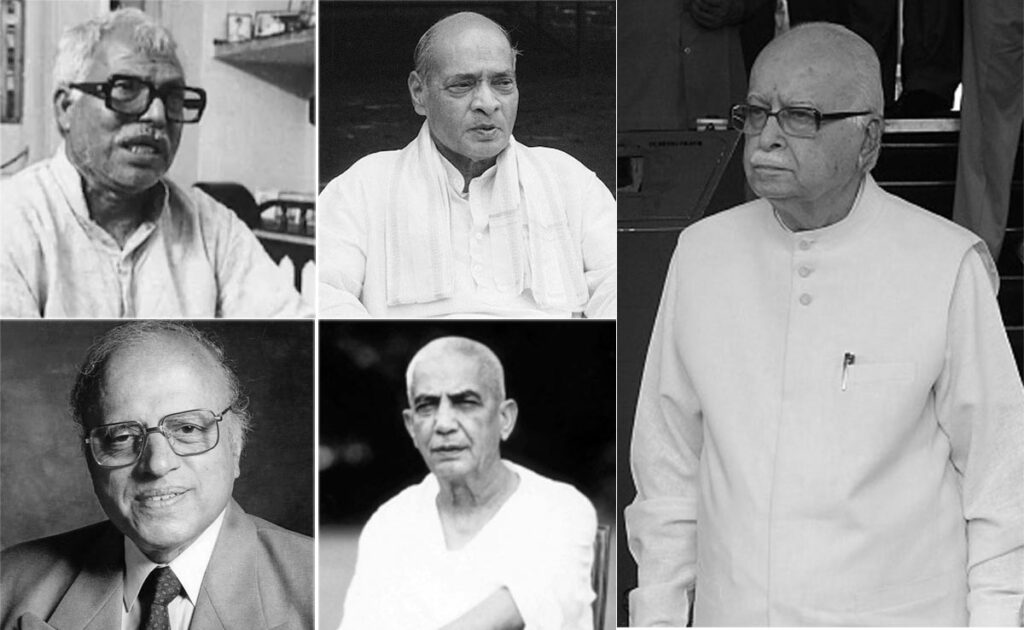
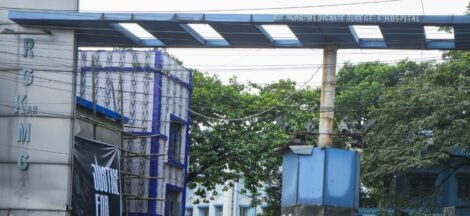
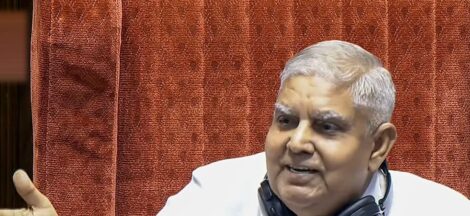
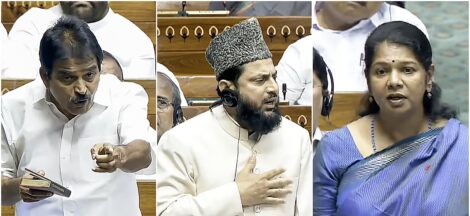
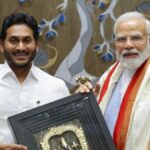 BJP weighs options with both Naidu, Jagan Reddy
BJP weighs options with both Naidu, Jagan Reddy 